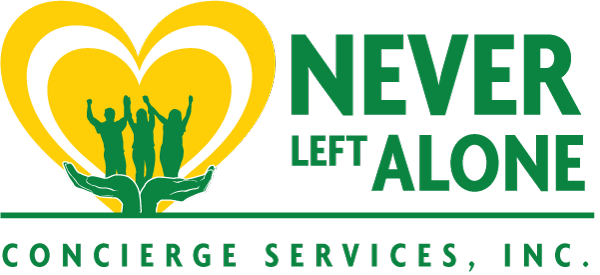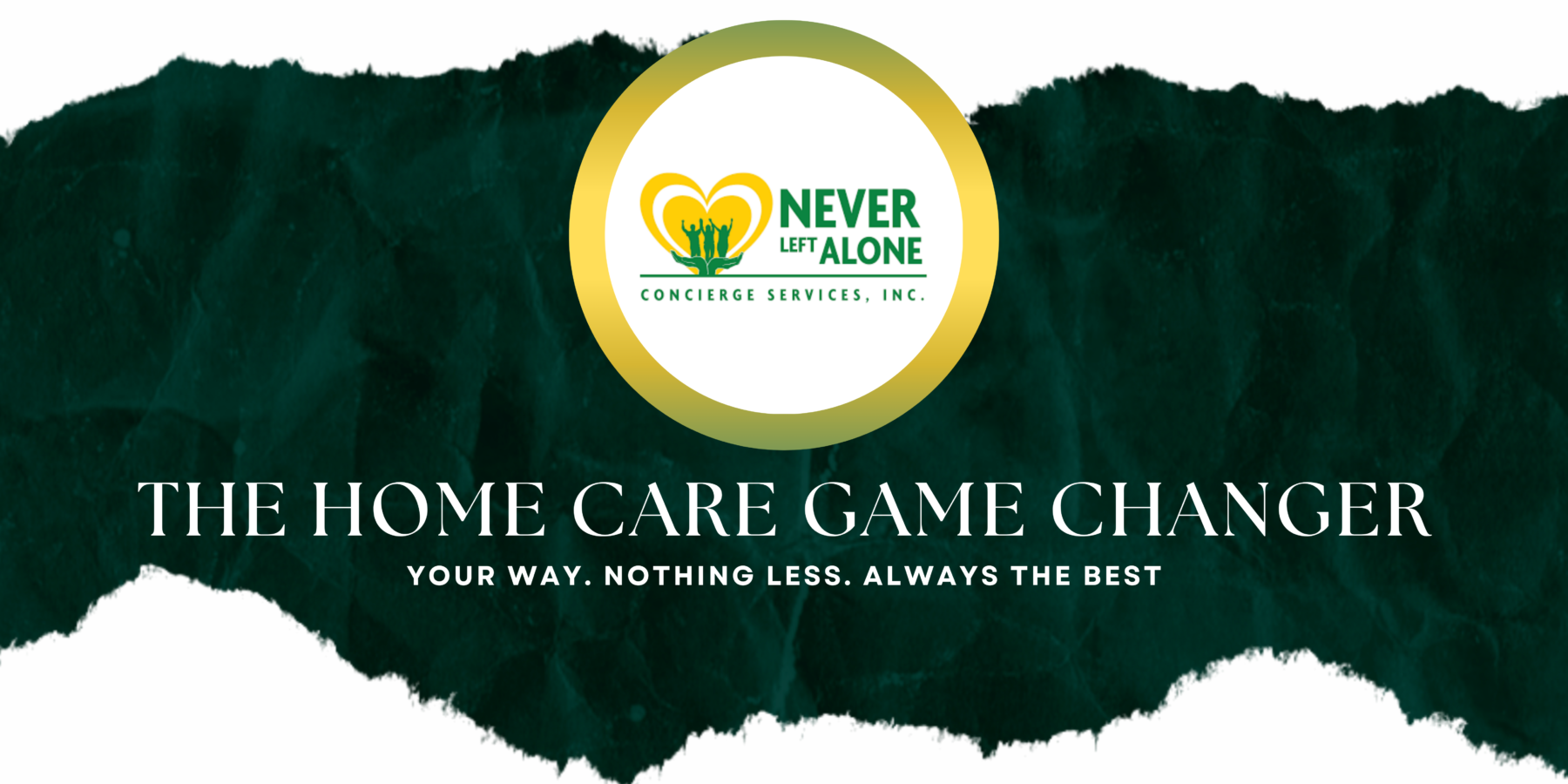Fitness routine for senior adults. How to start, what to consider, types of exercises and what to ask before starting a program. Many people may envision smelly gyms, sweaty feet, and plenty of grunting and pain when thinking about starting a fitness routine. Often lofty goals, such as races or competitions, sway people from starting a sensible routine. Fitness goals should be about improving our health and how we interact with the world, not about increasing our status.
It’s never too late to start a fitness routine for senior adults. Exercise reduces the risk of cardiovascular disease, hypertension, type 2 diabetes, osteoporosis, obesity, colon cancer, depression, and breast cancer. It also decreases the risk of falls and fall-related injuries.
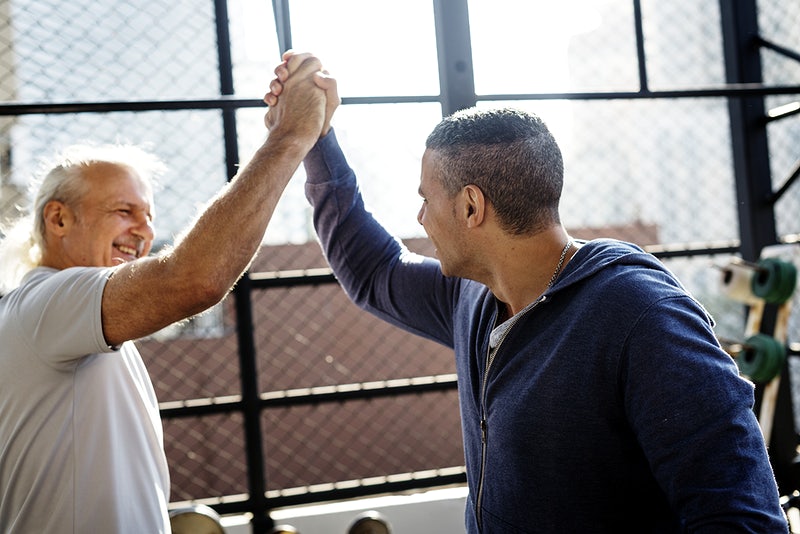
Consult their physician before having an older loved one start a new fitness program, especially if there are health concerns.
Some tips to map a workout:
Aim for just 15 to 30 minutes a day to start.
Break workouts up into ten-minute increments throughout the day, if necessary.
Make sure that they are drinking plenty of water before, during, and after their session.
To minimize fall risk, ensure appropriate footwear for the activity.
Start and end the workout with slower movements and activities.
Don’t let them overdo it. The goal is not pain and exhaustion.
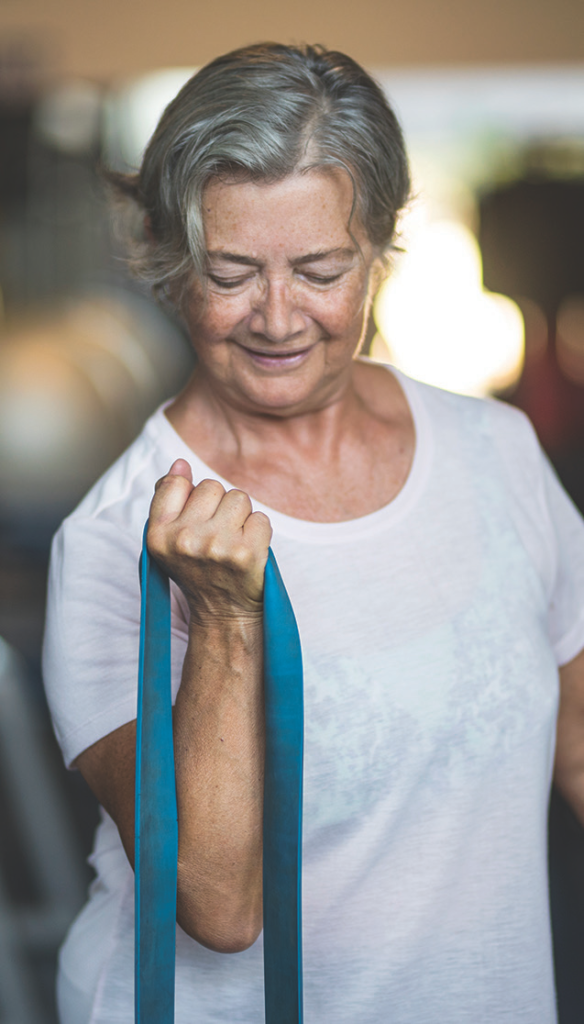
Categories of Exercise
There are several types of activity to consider working into a weekly schedule.
Aerobic
Aerobic exercise is, just as the word implies, good for the oxygen exchange between the lungs and heart. Aim for at least two hours of moderate aerobic exercise or one and a half hours of vigorous-intensity each week. Spread this time over 3–5 days. Remember that vigorous for them may be significantly less than vigorous for you. Especially if they have a competitive nature, it should be stressed that they do not overdo it.
Some examples of aerobic activity that might appeal to your loved one are:
Brisk walking
Biking
Jogging
Dancing
Swimming
Aerobic classes
Yardwork
Tennis
Golf (without a cart)
Muscle Strengthening
Having stronger muscles has been proven to improve bone density. Aim for at least two days a week. The focus can be varied from session to session to include legs, hips, back, chest, abdomen, shoulders, and arms. To help build muscle, have your older adult start with a weight that they can safely lift for eight repetitions. The repetitions should be slow and controlled – three seconds to lift the weight, hold for one second, then lower for three seconds. Breathe in as the weight is lifted and out as it’s lowered. Do these eight to fifteen times and then take a rest. If fifteen seems easy, consider increasing the weight by a pound.
Some good muscle strengthening tools and activities include:
Weight machines
Handheld weights
Yoga
Exercise bands
Calisthenics
Tai Chi
Digging, lifting, and carrying as a part of gardening
Balance
More than one-third of senior citizens suffer from fall-related injuries. Improving balance should be a core goal for any exercise program. Aim for three or more days a week. Ensure that there are adequate safety measures in place, such as things or people to hold onto.
Some easy exercises to consider include:
Standing from a seated position
Backward walking
Sideways walking
Heel walking
Toe walking
Standing on one leg
Stretching
Stretching is important and should be done at a minimum at the end of every workout. Do not allow our loved ones to “bounce” the stretch or to stretch further than they can easily go to feel a slight tug. It should not hurt. Improvement will happen naturally.
Source: University of Nebraska, Institute of Agriculture and Natural Resources, National Institute on Aging, Harvard Medical School, and CDC
Questions for the Doctor Before Starting a Fitness Program
- Are there exercises or activities they should avoid?
- Is their preventative care up to date – for example, tests for osteoporosis, diabetes, or cardio-fitness?
- How do any health conditions affect their ability to perform the selected activities?
- What modifications might be necessary to safely perform the activities?
Source: National Institute on Aging

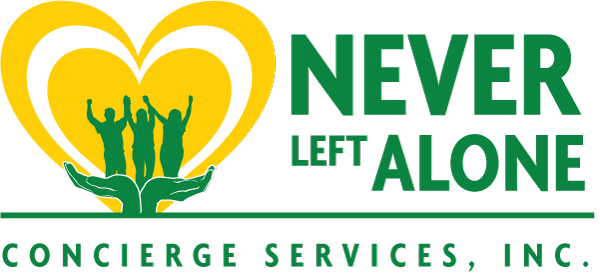
Motivation
It is never too late to start working out. A recent study showed that many of the losses in strength, flexibility, and stamina could be reversed, even in the frailest of participants. The study followed 100 participants, aged 72 to 98. They did resistance exercises three times a week for ten weeks. They showed marked improvement over their sedentary counterparts, being able to lift more weight, climb more stairs, and walk faste
